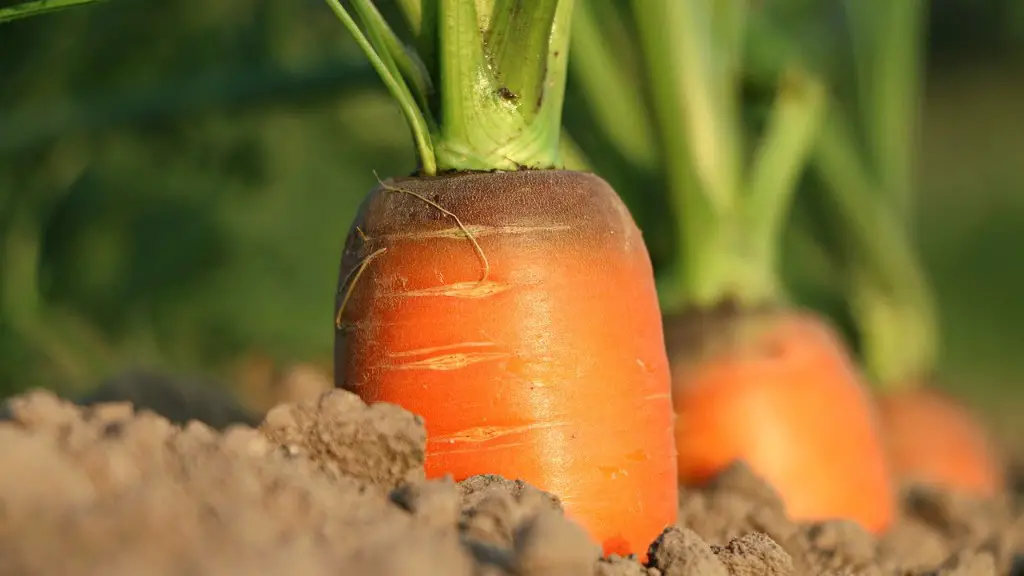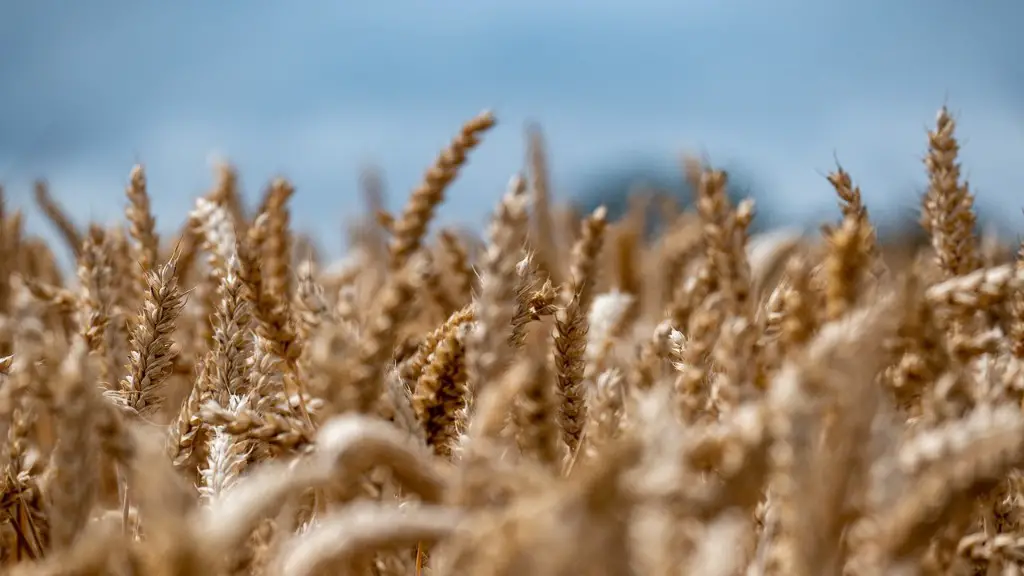A subsidy in agriculture is a form of financial assistances granted by the government to help farmers increase their agricultural productivity and incomes. It is an economic policy instrument that governments use to improve the balance of supply-demand and to maintain stable prices of agricultural goods. Subsidies can come in the form of direct payments to farmers, or in the form of tax breaks or trader support. For example, some governments may provide direct payments to farmers in the form of subsidies, while others may subsidize the purchase of certain agricultural inputs such as fertilizers or equipment.
Subsidies are typically designed to target different areas of agricultural production. They can be used to help farmers manage risk, increase productivity, encourage the adoption of new technologies, and reduce farm costs. Subsidies are also used to encourage farmers to improve their environmental stewardship, by providing incentives for practices such as reduced tillage, diverted crop residues, and other methods of reducing soil erosion.
Subsidies can have a range of consequences. On one hand, they can encourage the adoption of more efficient and sustainable practices, reduce the risk of farm failure, and boost the incomes of environmentally responsible farmers. However, the stability of agricultural markets may be reduced, whereby subsidized farmers can bluff production to increase profits. Additionally, subsidies can create winners and losers within agricultural sectors and among countries, creating negative consequences for free trade policies.
Despite this, subsidies remain a major component of many countries’ agricultural policies. Typically, they are used by governments to achieve their development goals and combat agricultural distress. Subsidies can also be used to address a wide range of public objectives, including public health, environmental protection, food security, poverty reduction, and rural development.
In conclusion, subsidies in agriculture can be a useful economic policy instrument for governments to combat agricultural distress, improve the balance of supply-demand, and maintain stable prices of agricultural goods. They can also be used to encourage efficient and sustainable practices, reduce farm costs, increase productivity, and boost the incomes of environmentally responsible farmers.
How Can Subsidies Help Farmers?
Subsidies are a direct incentive to farmers that can help to maintain productivity and reduce the risk of farm failure. They can be used to offer incentives and rewards to farmers who adopt new, efficient and sustainable farming practices, while also providing support in the form of tax breaks and direct payments to help maintain existing levels of production. Subsidies can also help to reduce farmers’ production costs by reducing the cost of inputs, such as fertilizers, tools, and equipment. This can help farmers increase profitability, while allowing them to remain competitive in global markets.
Subsidies can also be used to encourage farmers to innovate in the use of new technologies, such as precision farming and data analytics to boost agricultural production. By offering financial assistance to experiment with novel methods, farmers can keep pace with evolving global markets, reducing the risk of becoming obsolete or unprofitable. Governments can also use subsidies to set production targets, providing a safety net for farmers in the event of a potential yield failure.
In conclusion, subsidies can be a powerful tool to help farmers remain productive, competitive and financially viable. They can help reduce farm costs and provide incentives for farmers to adopt more efficient and sustainable practices. Additionally, subsidies can enable farmers to innovate and experiment with new technologies and methods to keep up with changing markets.
What Are the Disadvantages of Subsidies?
The use of agricultural subsidies can have negative consequences on agricultural markets, leading to distortions in production and a loss of competition. As subsidies tend to incentivize excess production, farmers can increase their supply and create a surplus of agricultural goods, leading to market instability, increased food waste, and a decrease in prices. This can create unfair situations for traders or producers in other countries, as subsidies may be offered to domestic farmers that are not accessible to foreign ones. This can lead to an unbalanced and unfair trading environment.
Subsidies can also cause negative environmental consequences. In some cases, they can be misaligned with ecological objectives, as they may encourage the excessive use of technologies and inputs that can cause harm to the environment. Additionally, subsidies can reward farmers for inefficient practices that are detrimental to the environment.
In conclusion, subsidies can be a double-edged sword, as they can lead to unfair market conditions and damage to the environment. Subsidies can be misused to create market distortions, a decline in market competition, excessive food waste, and environmental damage.
What Are the Different Types of Subsidies?
The most common form of agricultural subsidies are direct payments, such as farm income support and disaster aid. These are typically provided to farmers in times of need, such as during periods of low crop revenue or extreme weather or market conditions. Tax breaks and other financial assistance are other forms of support the government may provide to help farmers deal with the costs of production or market fluctuations.
Subsidies can also be used to incentivize farmers to adopt certain practices, such as encouraging the use of more efficient machinery and equipment, or encouraging more sustainable farming methods. Other forms of subsidies may also be used to stimulate innovation and the adoption of new technologies in agriculture, such as precision farming, biotechnology, and data analytics.
In conclusion, there are various types of subsidies available to farmers, including direct payments, tax breaks, and other forms of financial assistance. Subsidies can also be used to incentivize farmers to adopt certain practices and to stimulate the use of new technologies.
Why Do Governments Provide Subsidies?
Governments use subsidies to manage the balance of supply and demand in agricultural markets, as well as to maintain stable prices of agricultural goods. They can also be used to stimulate innovation and help farmers remain productive and competitive in global markets. Subsidies can therefore be seen as a form of public investment in the agricultural sector to promote economic growth, reduce poverty, and ensure food security.
Subsidies are also used by governments to meet a range of desired public objectives, from public health and environmental protection, to poverty reduction and rural development. Governments may also choose to subsidize certain sectors of agriculture to increase production, such as the horticultural sector, to make up for shortcomings in domestic production.
In conclusion, governments provide subsidies to manage supply-demand balance, maintain stable prices, and promote innovation in the agricultural sector. They may also use subsidies to meet certain public objectives, such as public health, environmental protection, food security, poverty reduction, and rural development.
What Are the Alternatives to Subsidies?
As subsidies can lead to a range of negative consequences, some governments may decide to opt for alternative policies to fulfill their desired objectives. One alternative policy measure is for governments to implement tax incentives for farmers to adopt sustainable agricultural practices. This can help to promote environmentally responsible farming, without the need for subsidies.
Governments may also consider offering subsidies in the form of public investments, such as in the development of irrigation and drainage systems, or in infrastructure projects like roads and bridges, to stimulate economic growth in the agricultural sector. Additionally, governments may encourage farmers to cooperate in supply chain management and price negotiations to reduce farm costs and improve profitability.
In conclusion, there are numerous alternative policy measures available to governments to help farmers increase their agricultural productivity and incomes. These include tax incentives, public investments, and cooperative supply chain management initiatives.





